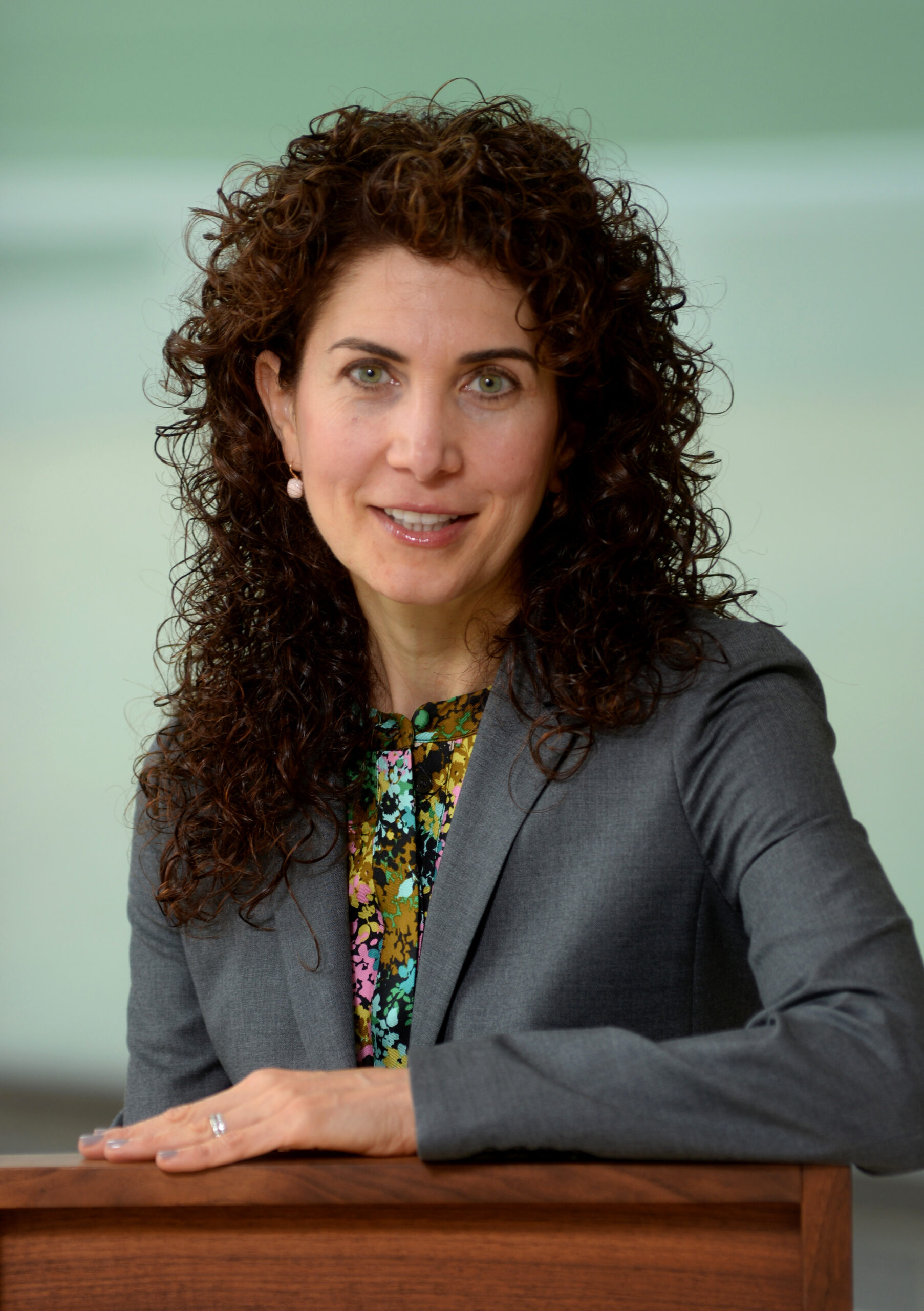The ability to immerse ourselves in virtual environments is especially relevant in a time in which we find ourselves teaching remotely and hosting family gatherings and meetings with our colleagues online. Given the stunning advancements in virtual and augmented reality, how will these immersive technologies continue to shape the future of higher education? For Sacred Heart University, the learning revolution has already begun.
There is a critical need for universities to integrate emerging technologies in ways that enhance student learning and help to fulfill other strategic goals. Toward that end, Sacred Heart University has launched the NeXReality Lab, a dedicated space for exploring and developing the immersive technologies of virtual reality (VR), augmented reality (AR) and extended reality (XR).
These technologies will be applied in the classroom to enhance student learning and they will be leveraged to promote innovation, develop cutting-edge tools and find creative solutions for real-world problems. The NeXReality Lab is part of SHU’s multimillion-dollar infrastructure investment, comprising best-in-class facilities dedicated to artificial intelligence, cybersecurity and the IDEA Lab—a next-generation makerspace.
Lab experiences from home
The swift transition to exclusively online teaching during the pandemic required creative strategies for keeping faculty and students engaged and connected with one another. Shortly after students left campus in March, media arts professor and NeXReality Lab director Shanshan Wang employed VR technology to immerse her students in the classroom once again from the safety of their own homes. Wang’s experiment with VR enabled her students to continue to have a synchronous experience while remaining engaged and continuing to learn effectively.

They were able to design their own 3D VR appearances and choose virtual meeting locations like the beach, board room, game room, auditorium, park and more, all while talking and collaborating with classmates in real time. Students also presented their final projects together in a VR environment using slideshows, while brainstorming ideas on virtual whiteboards.
Research has demonstrated that immersive technologies increase empathy by enabling us to “walk in someone else’s shoes.” As a function of these technologies, experiences that had been impractical or impossible are now possible. Indeed, for Professor Wang’s students, the VR components of the class not only enhanced their learning, but also improved their overall mental outlook by providing a healthy escape during the COVID-19 lockdown.
“I’ve been shrunk down to the size of a robot, gone skydiving and toured Paris from a river boat, to name just a few amazing things I’ve been lucky enough to try,” says Hope Lecours, a student from Prof. Wang’s class. “I learned that VR is so much more than video games—it’s an ‘empathy machine,’ as we’ve been taught. It’s truly immersive, realistic and exciting.”
This summer, CAS faculty members Candace Parrish of the Department of Communication Studies and Emily Bryan of the Department of Languages and Literature will offer immersive versions of their online courses in social media and literature, respectively. Using software developed by Glimpse Group, a VR/AR platform developer and NeXReality Lab partner, these courses will provide incoming freshmen the opportunity to get an early start on their college careers by taking VR-enhanced classes using university-provided headsets.
Immersive technologies across the curriculum
These pilot courses are just the initial phase of Sacred Heart’s broader strategic goal to integrate immersive technologies across the curriculum into existing degree programs in film, design, journalism, sports media, public relations, the humanities and natural sciences, social work, computer science, social sciences, engineering, business, health professions, education and others. Imagine students in biology or the health-care professions immersing themselves in a detailed study of human anatomy by traveling through the respiratory and circulatory systems, or religious studies and history classes taking weekly virtual field trips to see the places, artifacts and cultures about which they are learning.
The College of Arts and Sciences is launching a new academic program in Immersive Media and Mixed Reality (IMMR) that will begin this fall. The IMMR program will be devoted exclusively to developing and understanding these new technologies. Affiliated with the NeXReality Lab and housed in the Department of Media & Theatre Arts in the School of Communication, Media & the Arts, the new IMMR major was designed to educate the next generation of leaders in the emerging industry of immersive media.
Now more than ever, with the acute demand for effective online education, it makes sense to leverage tools such as AR, VR and XR to enhance student learning by engaging students in interactive and creative ways.
Robin L. Cautin is the dean of the College of Arts and Sciences at Sacred Heart University in Connecticut. Shanshan Wang is assistant professor in Media Arts and founding director of the NeXReality Lab at Sacred Heart.

